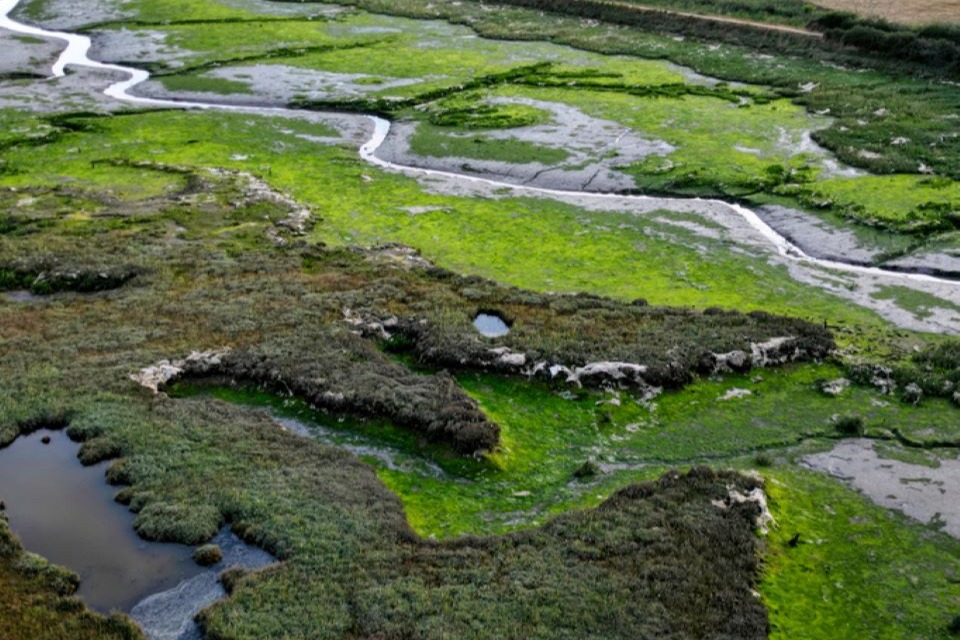Marine licences granted for cables, flood defences and saltmarsh restoration
Cables, flood defences and saltmarsh restoration all feature in the latest MMO Marine Licensing Team cases.

Upgrade to cable management system in Portsmouth

Portsmouth International Port applied for a marine licence to extend the existing cable management system on the quays. Additional power is supplied to berths from land-based installations and a cable management system will allow this power to connect to vessels.
Following a review of all available evidence the MMO Marine Licensing Team made a positive determination on the marine licence application. The team included a condition in the marine licence stating that the works had to be completed within nine months. This was to protect the marine environment and mitigate the potential impacts to the public.
The power installation means vessels will not need to keep engines running when docked in port, which will significantly reduce emissions.
Flood defence repairs in Kent

The Eastern quay wall at Ridham Dock in Kent provides vital flood defence. The dock was built in 1913 and has a history of wall movements. Brett Aggregates Ltd applied for a marine licence for phase 2 of maintenance works comprising of the stabilisation of the wall and concrete repairs. Phase 1 stabilisation repairs were completed under a previous marine licence.
The quay is currently used for loading and unloading bulk aggregates, and these repairs will ensure this can continue as well as increasing resilience against flooding.
As some of the concrete repairs were below Mean High Water Springs a marine licence was required for the works. The marine licensing team processed the application quickly and maintained regular communication with the applicant.
Saltmarsh restoration in Suffolk

Suffolk Yacht Harbour applied for a marine licence for maintenance dredging of the harbour approach channel using a cutter suction dredger. The dredged material will then be pumped through a pipe to restore mudflat habitats at Levington saltmarsh.
To facilitate this activity, a floating pontoon structure will need to be disassembled and then reassembled at the end of each dredging campaign. Some renewal of the pontoon structure will be carried out during this process. The aim of the project is to prevent or arrest saltmarsh deterioration.
The disposal activities have been developed in order to beneficially recharge the adjacent saltmarsh by discharging material onto the mudflats. This habitat recharge scheme was developed in collaboration with Suffolk Wildlife Trust and Suffolk Coast and Heaths Area of Outstanding Natural Beauty Unit, and in consultation with Natural England. Since 2014, the recharge sites have been monitored annually by Suffolk Wildlife Trust.
The latest report, provided as part of the marine licence application, concluded that the mudflat/saltmarsh recharge scheme continues to be successful, and that future deposits will build upon what is already established to create a resilient saltmarsh system. The dredging activity therefore contributes to enhancing the saltmarsh and mudflat habitats.